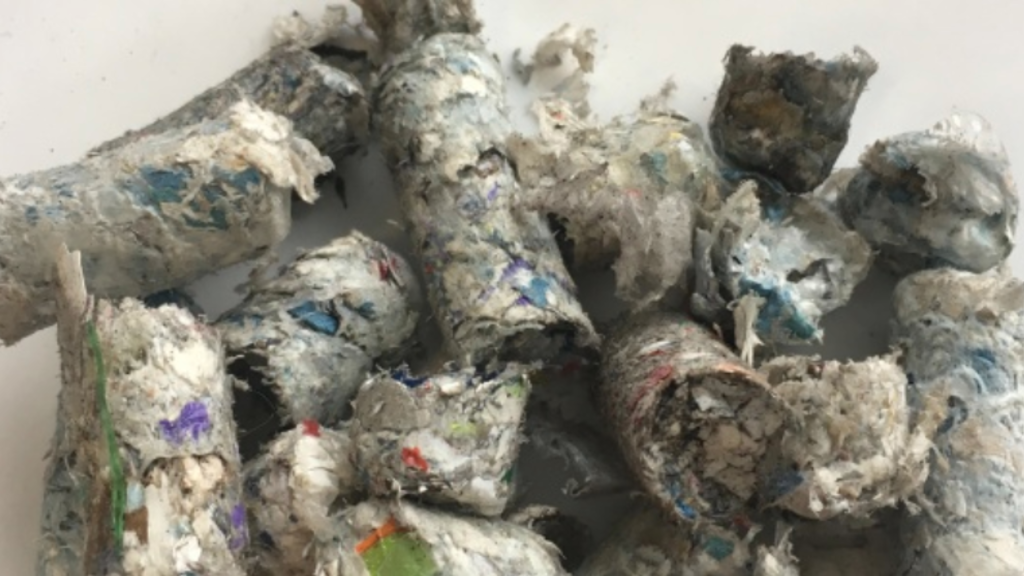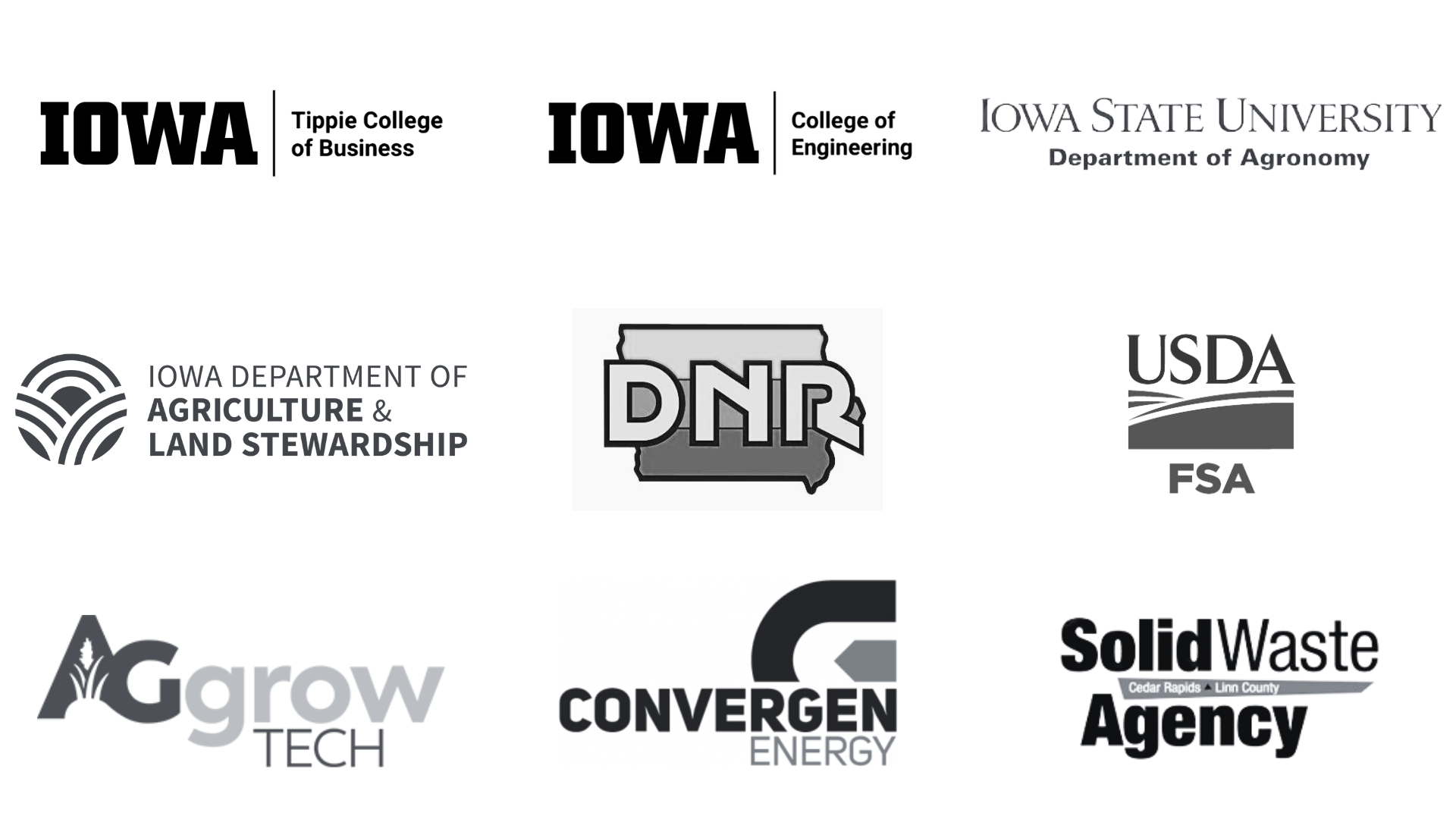Zero Coal by 2025
The University of Iowa has implemented an innovative and sustainable strategy to transition away from coal while focusing on providing reliable energy to the campus, research facilities, and the University of Iowa Hospitals and Clinics. This strategy includes growing a portfolio of locally sourced biomass including partnering with local farmers to develop a miscanthus energy crop.
An innovative fuel portfolio
In 2003, the University of Iowa began exploring renewable alternatives to coal to fuel the boilers in the power plant. Pursuing biomass fuels is one of the important ways the university is deprioritizing fossil fuels in its fuel portfolio. Biomass is renewable organic materials that come from plants and animals. Using biomass for heat and energy is a practice that has been around for centuries; for example, wood-burning stoves or campfires are technically fueled by biomass.
The University of Iowa is exploring innovative new forms of biomass and alternative energy, including oat hulls, Miscanthus grass, and energy pellets.

Oat Hulls
Introduced in 2003, this public-private collaboration created a new market for this oat hull by-product. Over the first 10 years of use, oat hulls displaced 183,000 tons of coal and generated approximately $7.6M in savings.

Miscanthus Grass
The UI is growing its own energy in the form of Miscanthus grass and is on track to plant 2,500 acres to produce 22,500 tons of sustainable and renewable fuel for the campus annually and to create a dedicated energy crop alternative to traditional row cropping to provide a stable income to Iowa's farmers.

Energy Pellets
These manufacturing by-products are non-recyclable and divert waste from the landfill, and result in approximately 60% improvement in CO2 emissions vs. coal. Pellets can be blended with Miscanthus or other biomass and used as fuel stock.
Next Steps for the Biomass Program
Innovation with energy partners ENGIE and Meridiam
When the University of Iowa entered its public-private partnership with ENGIE, maintaining the university’s ambitious sustainability goals was an important part of the deal. Together with ENGIE and Meridiam, the University of Iowa Energy Collaborative is dedicated to meeting the Zero Coal by 2025 goal and continuing to pursue innovative sustainability initiatives.
UI and Renewable Energy Frequently Asked Questions
Does the university use hydropower?
The university does not use hydropower. Across the river from the main power plant is the hydraulics lab which provides education and research for the University of Iowa College of Engineering.
Does the university use solar power?
The university recognizes the benefits of solar power and is investigating ways to integrate solar power into its renewable energy strategies. However, switching to solar power is costly and would not provide the reliability or steam the University of Iowa needs.
The university would need 200 football fields of solar panels to generate the electricity the university needs.
In 2011, the university completed the solar e-car charging station. Located near the Madison Street Services Building, the charging station provides spaces for approximately 20 electric vehicles.
Does the university use wind power?
The university does not have the land to build turbines that would be needed to power the university.
The university could take down all of the buildings on campus and put up as many turbines as possible and only generate 12% of the energy the university needs.
In 2010, the university in collaboration with the College of Engineering installed a 2.4KW wind turbine in front of the Madison Street Services building. The turbine is intended as a teaching tool, but the energy it generates is used on campus.
Has the university considered using all natural gas energy?
To provide the highest reliability and redundancy, the UI cannot rely on only one fuel source. The diversification of fuel sources provides reliability in the event that any fuel source is not availability or there is market variability.
Research
The University of Iowa Facilities Management has partnered with Dr. Betsy Stone, an assistant professor and researcher of the University of Iowa Chemistry Department, in order to determine the effects of co-firing biomass with coal on emissions of air pollutants. Results of Dr. Stone's studies have shown reductions in air pollutants when co-firing oat hulls.
"Effects of Co-firing Biomass with Coal on Emissions of Air Pollutants," Ibrahim Al-Naiema and Elizabeth A. Stone, Department of Chemistry, University of Iowa
"Bravo to biomass, UI study shows using oat hulls for power has considerable benefits to the environment and human health," Iowa Now, 09/24/15.

EPA Green Power Partner
The University of Iowa is a Green Power Partner with the Environmental Protection Agency. The UI is meeting a green power commitment to the EPA by burning oat hulls in place of coal, generating approximately 10 million kilowatt-hours of green power. The University of Iowa is currently ranked the No. 2 green power partner on the EPA's list of Top 30 Colleges and Universities.
Thank you to our partners!

Miscanthus growers
And thank you to our local Miscanthus growers!
